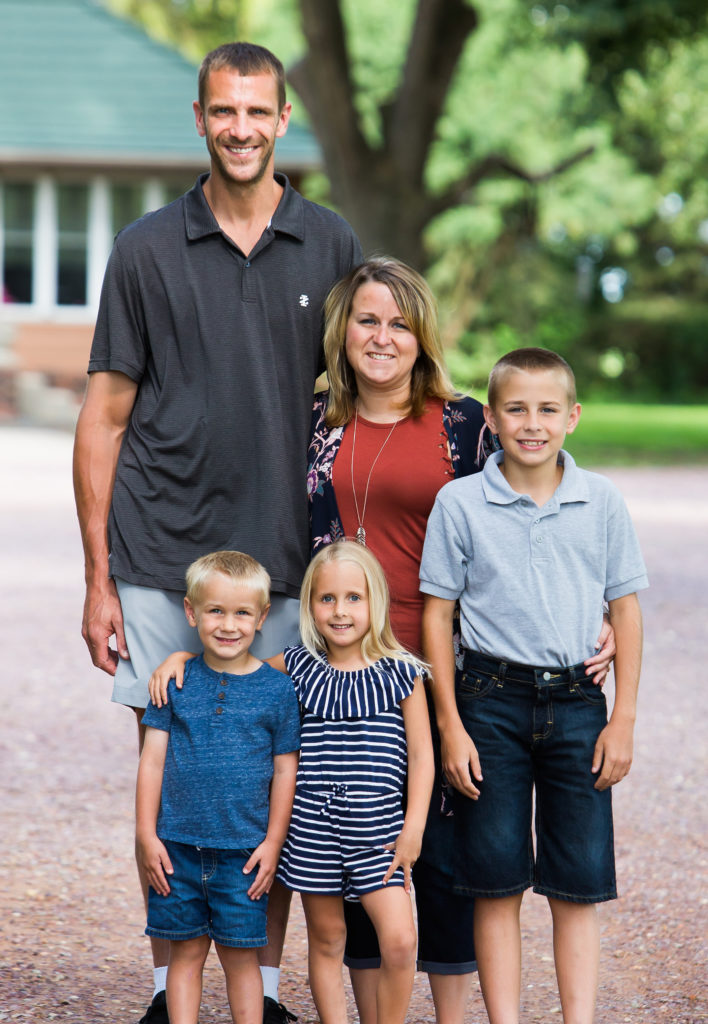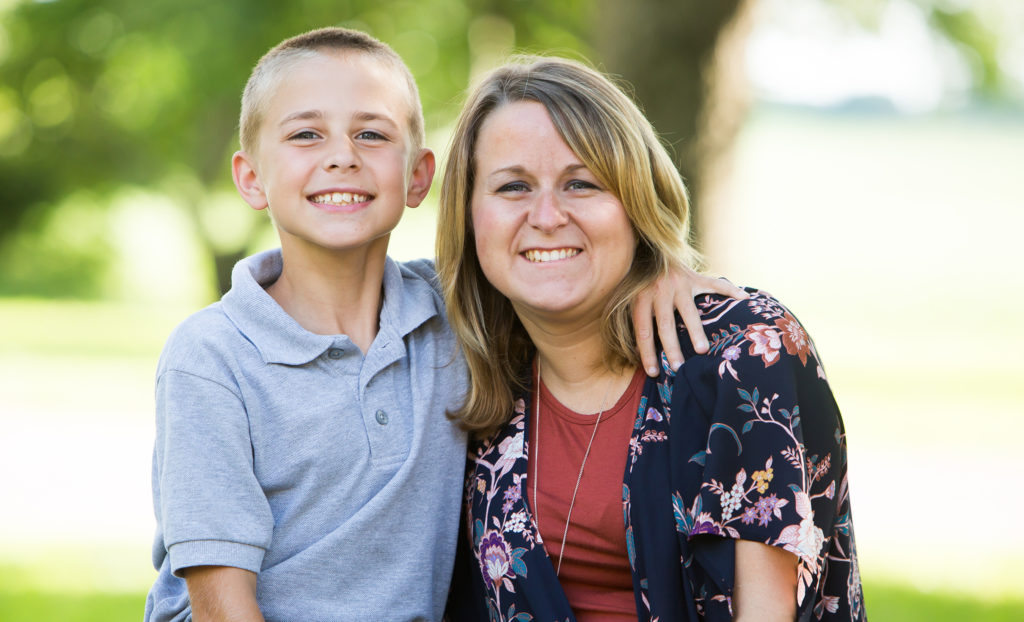Laura Roloff was diagnosed with epilepsy just one year ago. After meeting with doctors and learning how her life was about to change, she wasn’t sure how to tell her kids. Before she got that chance, Laura had a seizure at home, and her 11-year-old son Keyan was the only one around.
“I tried to stay calm, my mom was sitting down so I knew she was in a safe spot so I didn’t have to worry about her falling. I made sure she was breathing and then I called my dad who was outside for help, but I didn’t leave my mom alone,” says Keyan.
Keyan had thankfully been trained in Seizure First Aid by Emily Gomez, EFMN Regional Coordinator for southern Minnesota, at his elementary school just a few weeks prior and knew exactly what to do. Staying calm is one of the first, and often toughest, steps in helping someone during a seizure, next is keeping the person safe.
Seizure First Aid Steps:
- Stay calm and time the seizure
- Keep the person safe and area clear
- Do NOT restrain or put anything in their mouth
- Offer reassurance as seizure ends
*If convulsing (shaking), turn the person on their side.
School trainings often happen when a student with epilepsy asks EFMN to train their classroom or make their school Seizure Smart. Students learn Seizure First Aid and basic epilepsy facts to help correct common myths. Even though Laura had already been diagnosed and was learning more about epilepsy, hearing about the training at Keyan’s school was her introduction to EFMN.

To educate others, and look out for her own safety, Laura spoke with her workplace about her new diagnosis. They too scheduled a training with Emily, who gave a similar presentation to Laura’s co-workers as she did at Keyan’s school.
Although the people around Laura know how to keep her safe, there’s still the fear of having a seizure in public, where the majority of people don’t know how to act.
“I am always wondering when the next one will come. I am worried to be alone in case one were to happen. I feel like I have to depend on everyone for most things that I used to do by myself,” says Laura.
While she’s still adjusting to her new normal, Laura hasn’t been shy in advocating for what she needs. Her willingness to talk about epilepsy has led to more people knowing how to respond to someone having a seizure. One in 10 people will have a seizure in their life, so while Laura’s co-workers may never see her have one, they could find themselves helping someone else.
